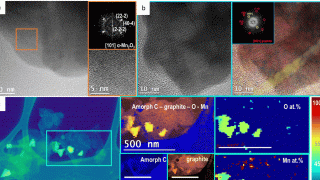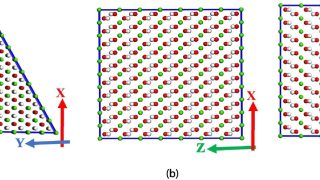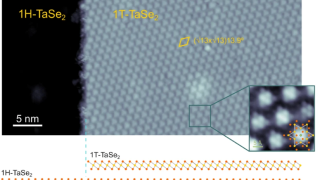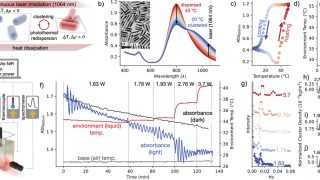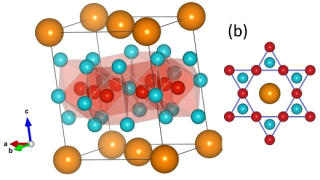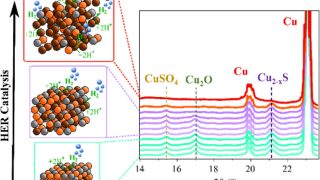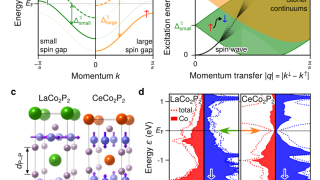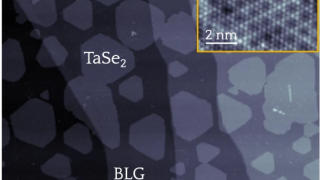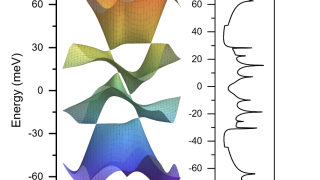
Simple explanations for some complex patterns in twisted bilayer graphene
Twisted bilayer and multilayer systems represent two-dimensional materials, where atom-thick layers of the same or different materials are superimposed and rotated by an arbitrary twist angle. Twisted bilayer graphene (TBG) represents arguably the most prominent physical system of this kind, the bilayers of transition metal dichalcogenides (TMD) the other. The effect of twisting two periodic […]
